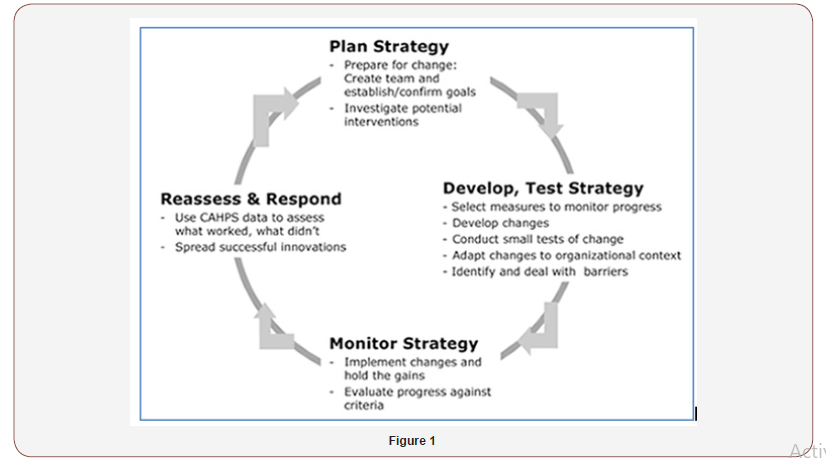
Authored by Monday AC Adishi*
Introduction
Medical Outpatient Clinic in CHOW Hospital, Warri comprises all the patients seen and managed by the Physician. These include patients with Diabetes Mellitus, Hypertension, Retroviral illness, general medical conditions requiring non-surgical management and other heart-related conditions. However, this Medical Out- Patient (MOP) Survey is carried out mainly on Hypertensive/ Diabetic patients. The survey looks into the number of clients scheduled to see the physician per month, the actual number that attended the MOP clinic and those that were absent. It also captures the number of defaulters that responded after a call-out and those who remained chronically non-compliant with the MOP clinic schedule even after several reminders. In this survey, the malefemale gender ratio is also taken into consideration. It is also of note that extra MOP patients who were not originally scheduled for the months but utilized the MOP clinic are also captured in this survey.Background of the study
Quality Improvement Process is a positive step taken to assess the standard of practice in any discipline. In Nursing Profession, assessing the quality of patient care is a means to improving the standard of care, which will at the same time serve as a guideline to achieve Quality Assurance in Nursing Practice. A nursing care standard is a descriptive statement of desired quality against which to evaluate nursing care. It is a guideline. A guideline is a recommended path to safe conduct, an aid to professional performance. A nursing standard can be a target or a gauge. When used as a target, a standard is a planning tool. When used as a gauge against which to evaluate performance a standard is a control device[1-2].Therefore, assessing the Compliance with Medical Outpatient Clinic attendance and therapeutic regimen is a vital therapeutic planning tool for ensuring quality patient care outcome, and also a control device for evaluating the standard of care administered by the health care providers.Purpose/aim of the study
1. This MOP Quality Improvement survey is done to achieve the following purposes:2. To monitor MOP compliance rates and therapeutic regimens in Hypertensive/Diabetic clients.
3. To capture defaulters and help them to overcome noncompliance.
4. To determine the male-female gender ratio in MOP clinic attendance.
5. To assist the Physician in the management process of the clients.
6. To evaluate the quality of care and treatment outcome.
7. To facilitate the research process in the management of MOP clients in CHOW.
Statement of the problem
The researcher discovered over time that the Medical Out- Patients (MOP) clinic attendance was always fluctuating and nonconsistent. People were not following their clinic appointments as planned for them by the managing physician. During annual medical screening for staff and dependents of our establishment, many of such clients were found to have had their laboratory and other diagnostic parameters frequently deranged. As part of the contributions to the solution to this problem, the researcher saw the need to embark on this research to establish possible factors affecting the non-compliance with clinic attendance among the MOP clients and suggest lasting solutions to the problem.Research questions
1. Why is there Non-Compliance to Clinic Attendance?2. What possible factors are responsible for clients’ noncompliance with clinic attendance?
3. What is the compliance ratio between the male and female clients utilizing the MOP clinic in CHOW?
4. What are the adverse effects of MOP non-compliance on the hypertensive/diabetic clients?
5. How can such adverse effects of non-compliance be overcome?
Broad objective of the study
To explore various forms of clinic non-compliance and find lasting solutions to the problems they generate in the treatment outcome.Specific objectives of the study
1. To investigate the common forms of clinic non-compliance among MOP clients.2. To familiarize oneself with the normal and abnormal clinical parameters in MOP clients.
3. To ascertain the possible factors affecting clinic compliance among MOP clients.
4. To determine the male-female gender ratio of MOP clinic attendance
5. To explore and analyze ways of overcoming the challenges of non-compliance among the work force
6. To prevent the recurrence of such challenges in the future.
Scope and limitations of the study
The research project would have been extended to other clinics, such as Infant Welfare Clinic, Gynecological Clinic, Orthopedic Clinic, Mental Health Clinic, Neurology Clinic, Surgical Outpatient Clinic, amongst others, besides MOP clinic. However, the researcher decided to concentrate on the MOP clinic attendance, as Hypertension and Diabetes Mellitus are the major causes of morbidity and mortality in the society today.
To read more about this article....Open access Journal of Nursing & Care
Please follow the URL to access more information about this article




No comments:
Post a Comment